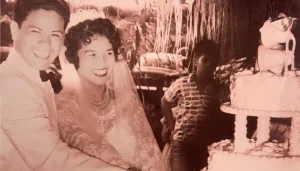
CHamoru/Chamorro Courtship and Marriage in the Twentieth Century
Marianas Storytelling: Land & Lineage. Part 2 of 4, Cultivating Connections Through Kånta, Courtship, & Kasamiento. Event scheduled for 26 April 2025 at the Guam

Marianas Storytelling: Land & Lineage. Part 2 of 4, Cultivating Connections Through Kånta, Courtship, & Kasamiento. Event scheduled for 26 April 2025 at the Guam
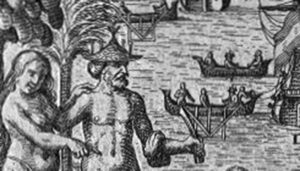
Ancient Chamorros/CHamorus customarily chose their own spouses, rather than their families dictating who they would choose for a partner. The bride and groom’s families, however,
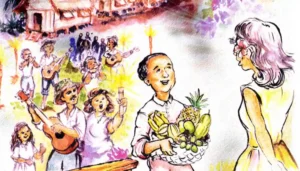
On the night before a wedding in ancient Guam, the two families met to present the chenchule’ (ceremonial gifts) to the mother of the groom.
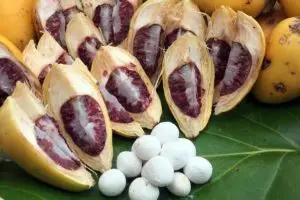
When a young man and woman were attracted to each other during ancient times on Guam, the man would let his mother know when he
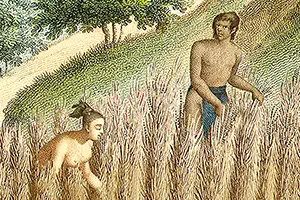
In ancient times in the Mariana Islands, three or four days before a wedding the relatives on both sides worked together to beat and clean

Prior the Spanish colonization of Guam, Chamorro culture was fairly liberal about issues of romance, marriage and sex, even when compared with the norms of
Divorce. The earliest information known about the Ancient Chamorro/CHamoru style of divorce comes from the notes of Fray Juan Pobre de Zamora.

Kottot (pronounced koe-toot) is a rectangular basket made from the leaves of the åkgak (awhk-gak) tree, which is the Screw pine (pandanus tectorious). The kottot
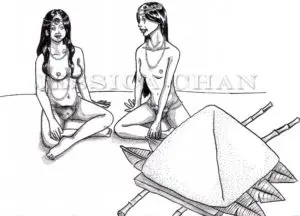
Rice was an important ceremonial food during ancient times in the Mariana Islands. At a wedding party, which usually took place in the morning at
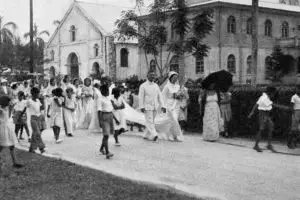
In ancient CHamoru society, the clan leaders arranged marriages. Women did not marry men in their clan since marriage was a chance to improve clan